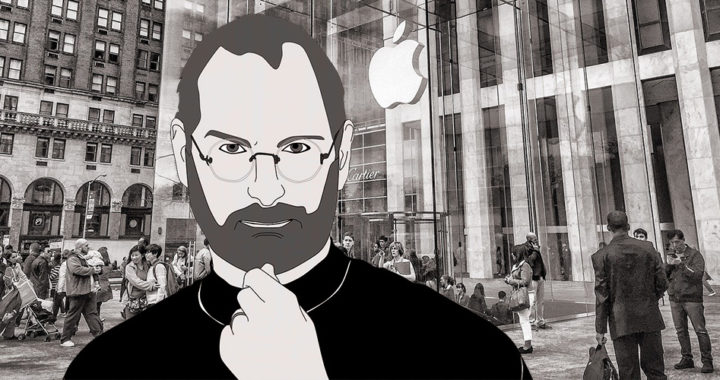Despite his charismatic and endearing public image, Steve Jobs was a stubborn and steadfast business leader. During his tenure as the chairperson and chief executive of Apple, he laid down several tenets that helped him differentiate the Cupertino-based tech company from the rest.
However, since his demise in 2011, the new leadership at Apple has set new business directions and rolled out product strategies that deviated from some of the most strongly held beliefs of Jobs. Here are some of the notable instances post-Jobs Apple defied from their founder and former chief executive:
Post-Jobs: Four instances Apple defied Steve Jobs
1. Below 10-inch tablet screen size
Steve Jobs threw shade at Android manufacturers for introducing tablet computers with small screen sizes during his Keynote presentation in October 2000.
The late Apple chief executive said that a small screen display significantly diminishes the user experience. The 10-inch screen found in the first generation of iPad should be the standard display size for developing and using tablet-based apps.
“Small tablet is meaningless unless your tablet also includes sandpaper, so that the user can sand down their fingers to around one-quarter of the present size,” said Jobs.
Apple introduced the iPad Mini in October 2012—a year after Jobs succumbed to pancreatic cancer. The iPad Air features a Retina display within the 9-inch mark. Developing various iPad size variants became part of the post-Jobs strategy of Apple.
2. Condescension against big phones
“You cannot get your hand around it. No one is going to buy that,” Jobs said during a 2010 press conference and public presentation that introduced product updates and addressed the antenna issue of the iPhone 4.
The quoted remark was his opinion against big smartphones. During the presentation, a member of the press asked him whether Apple was considering designing and manufacturing bigger iPhones to improve signal reception. Note that around this time, key competitors such as Samsung were making smartphones that featured large screen real estates.
In September 2012, post-Jobs Apple introduced the iPhone 5. The smartphone featured a taller form factor and thus, a taller screen display. The company introduced again two considerably bigger phones in 2015—the iPhone 6 with a 4.7-inch display and iPhone 6 Plus with a 5.5-inch display. Similar with the iPad, size variants for the iPhone became part of the post-Jobs strategy of Apple.
3. Realistic user interface
Steve Jobs was a big fan of life-like user interface design. This translated into app icons and app interfaces fashioned after real-life objects. For example, the iBook app sported a background that resembled wooden shelves while the Note app resembled real-life pad paper.
Apple introduced a revamped mobile operating software during its Worldwide Developer Conference in June 2013. Dubbed as the “biggest change to iOS since the introduction of the iPhone,” the most noticeable change was an overhaul of the user interface. Instead of life-like designs, the new operating system featured a flat and gradient design orientation.
4. Removing corporate philanthropy
Although Jobs supported an organization involved in HIV/AIDS research, he was not really into corporate philanthropy. To be specific, when he returned to Apple in 1997, one of his orders was to end all the corporate social responsibility programs of the company.
Jobs initially argued that he wanted to direct all attention and resources toward profitability. Charity works were not something Apple could do when he reassumed leadership in 1997. However, despite making big profits at the beginning of the new millennium, Jobs did not bother reinstating any CSR initiatives.
Tim Cook took over as chief executive in 2011, and his first order of business was the revival of corporate philanthropy. In 2012, post-Jobs Apple spent $100 million on donations, specifically channeling funds to hospitals and non-profit healthcare organizations. The company now implements a multi-faceted corporate social responsibility program.
